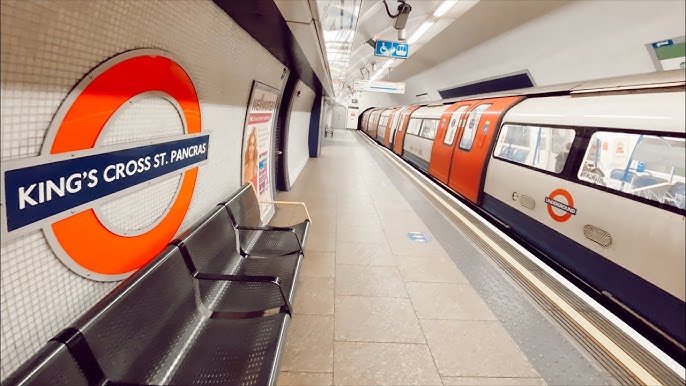On 18th November 1987, the worst fire in the history of the London Underground began when a match was dropped on the escalators. The fire claimed the lives of 31 people, including a senior ranked firefighter – and over 100 seriously injured. It took 17 years to finally identify 73-year-old Alexander Fallon, who was killed in the fire.
More than 150 firefighters and 30 fire engines were called to a fire at Kings Cross station on the evening of 18th November. At around 07:25pm, a lit match fell through the gap on a wooden escalator and set fire to the grease, litter and dust under the steps. Although the fire started out small, it soon became very serious. The flames heated the framework and decking of the piccadilly line escalator, and the rest suddenly burst into flames!
At 07:42PM, the entire escalator was aflame, producing superheated gas that rose to the top of the shaft enclosing the escalator, where it was trapped against the tunnel ceiling, which was covered with about twenty layers of old paint from past repainting. As the superheated gases pooled along the ceiling of the escalator shaft, the layers of paint began absorbing the heat. A few years before the fire, the Underground’s Director of Operations had warned that the accumulated paint might pose a fire hazard.

Luckily many passengers escaped using an alternative escalator and all trains had been instructed not to stop at that station. At 07:45PM, there was a flashover and a jet of flames shot up the escalator shaft, filling the ticket hall with intense heat and thick black smoke, killing or seriously injuring most of the people still in the ticket hall. This trapped below ground several hundred people, who escaped on the Victoria line trains. The blaze managed to crack concrete, strip tiles from the walls and caused molten plastic to drip from the ceiling. The smoke was thick enough to cover the ticket hall and obscure the exists.

After the incident, there were changes recommended. Some included: replacing wooden escalators, smoking ban extending to all station areas, radio equipment to be used by British transport police, a review of the PPE for fire fighters and much more. It took over 18 months for restorations to be completed and back operable.
The Fire Precautions (Sub-surface Railway Stations) Regulations 1989 were introduced. Smoking was banned in all London Underground stations, including on the escalators, on 23 November, five days after the fire. Wooden escalators were gradually replaced, some remaining into the early 2000s. Since 2014, the entire London Underground has been operating on metal escalators, after the last wooden escalator at Greenford on the Central line was decommissioned on 11 March 2014.


